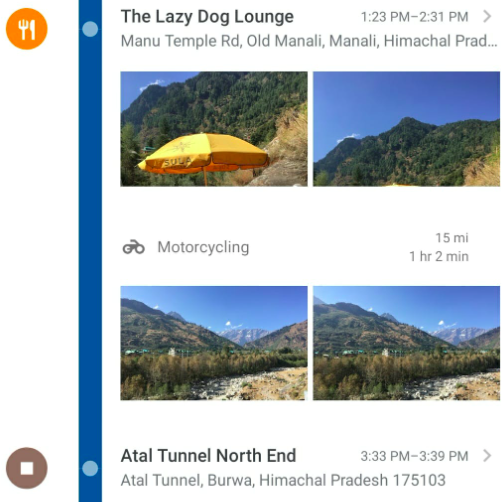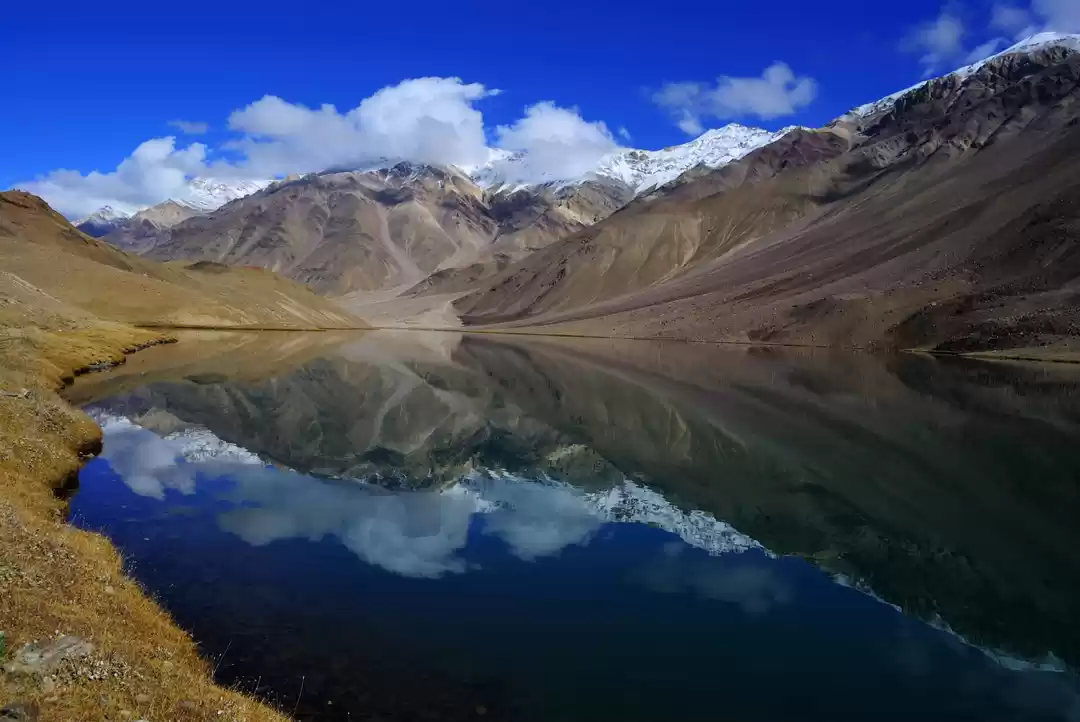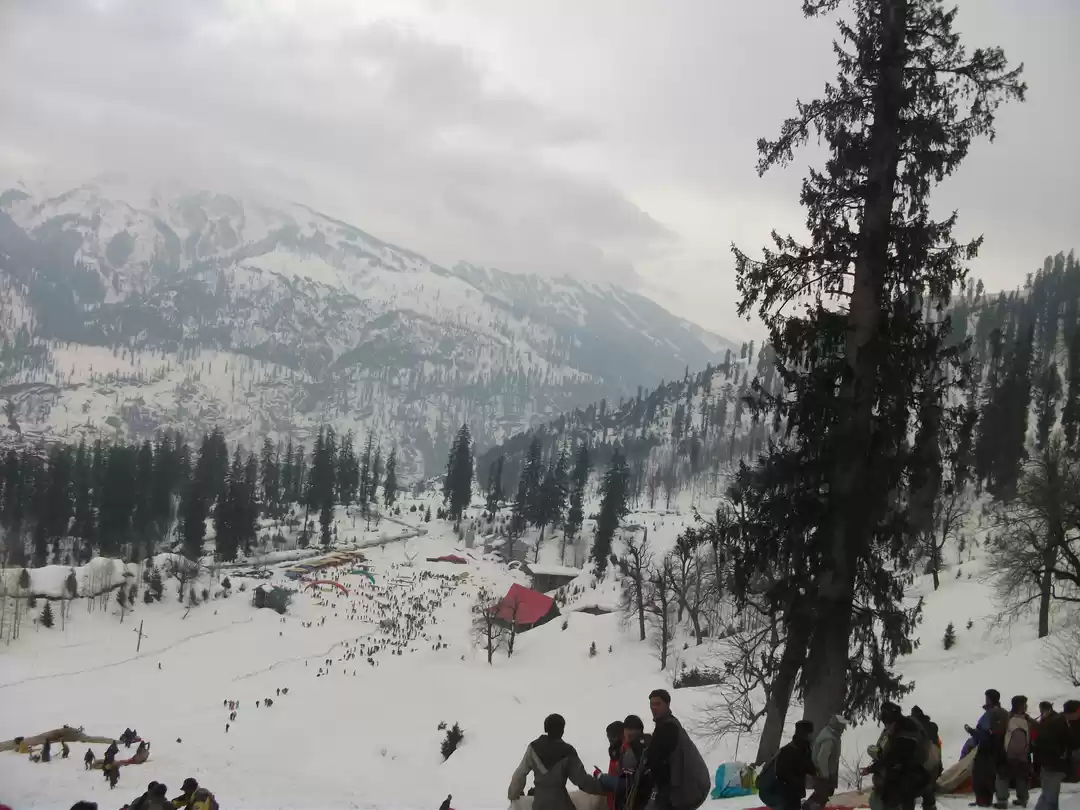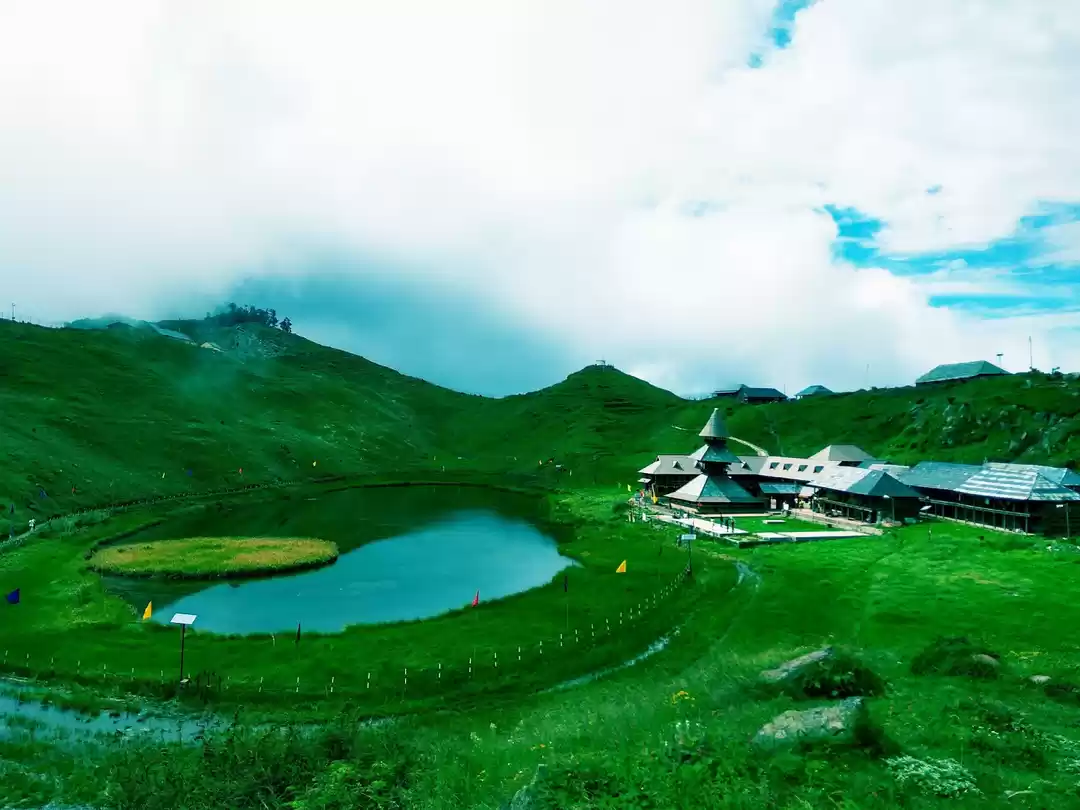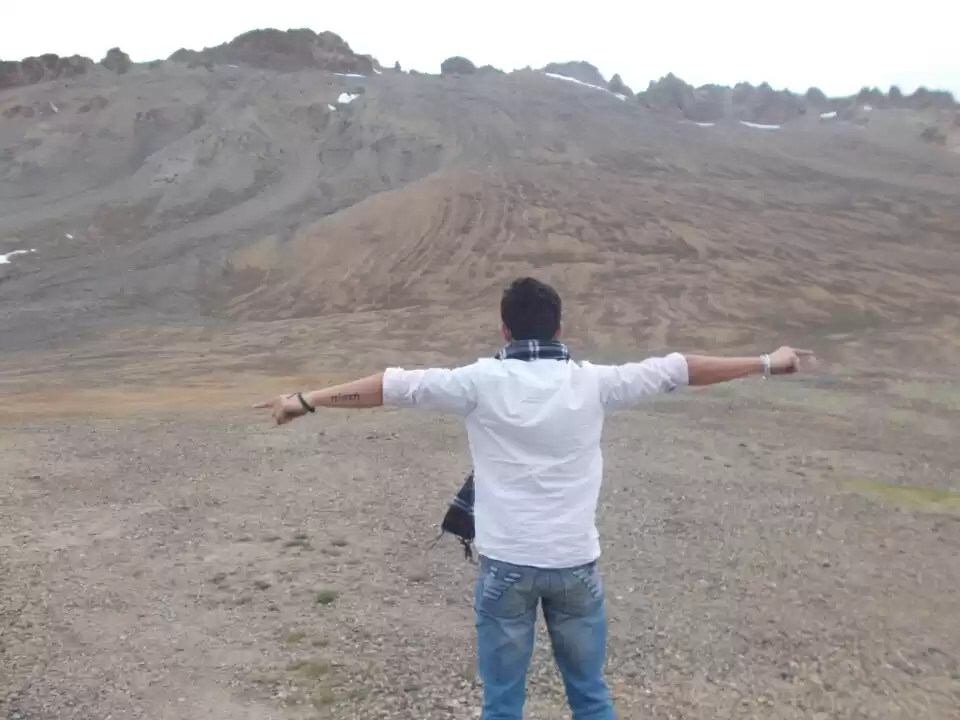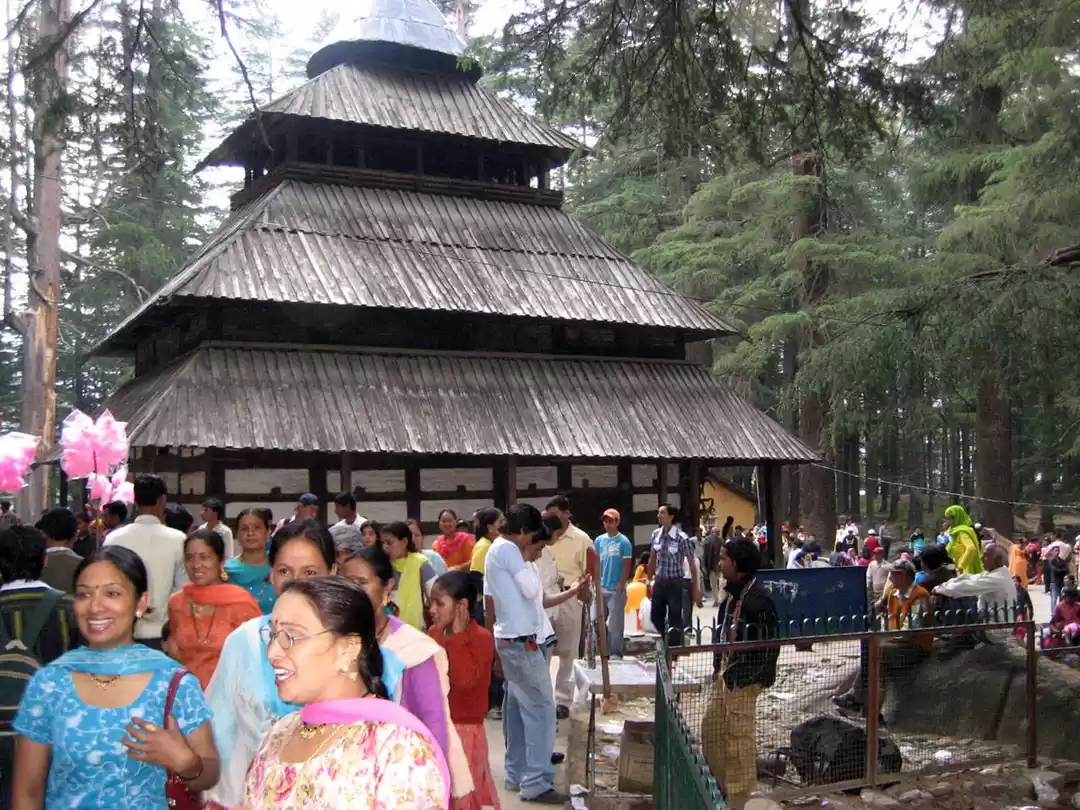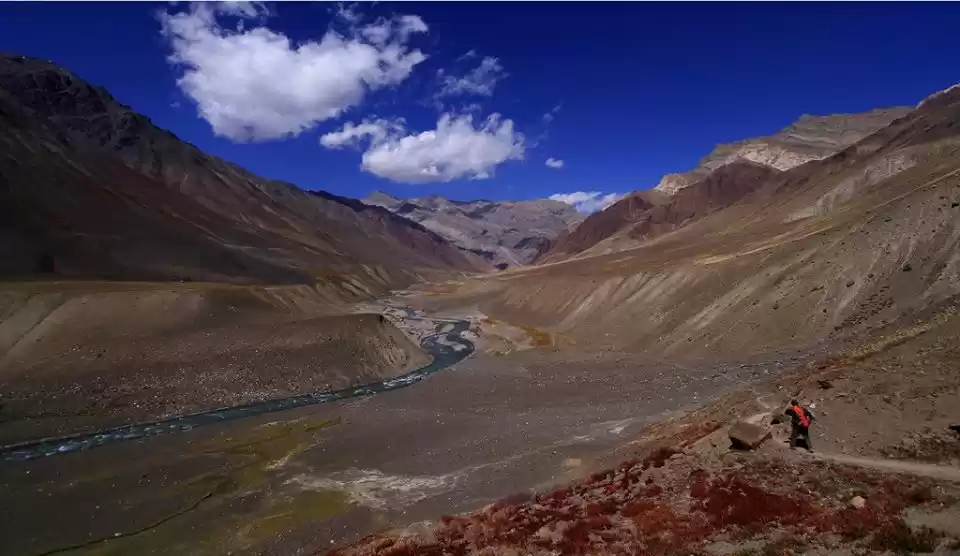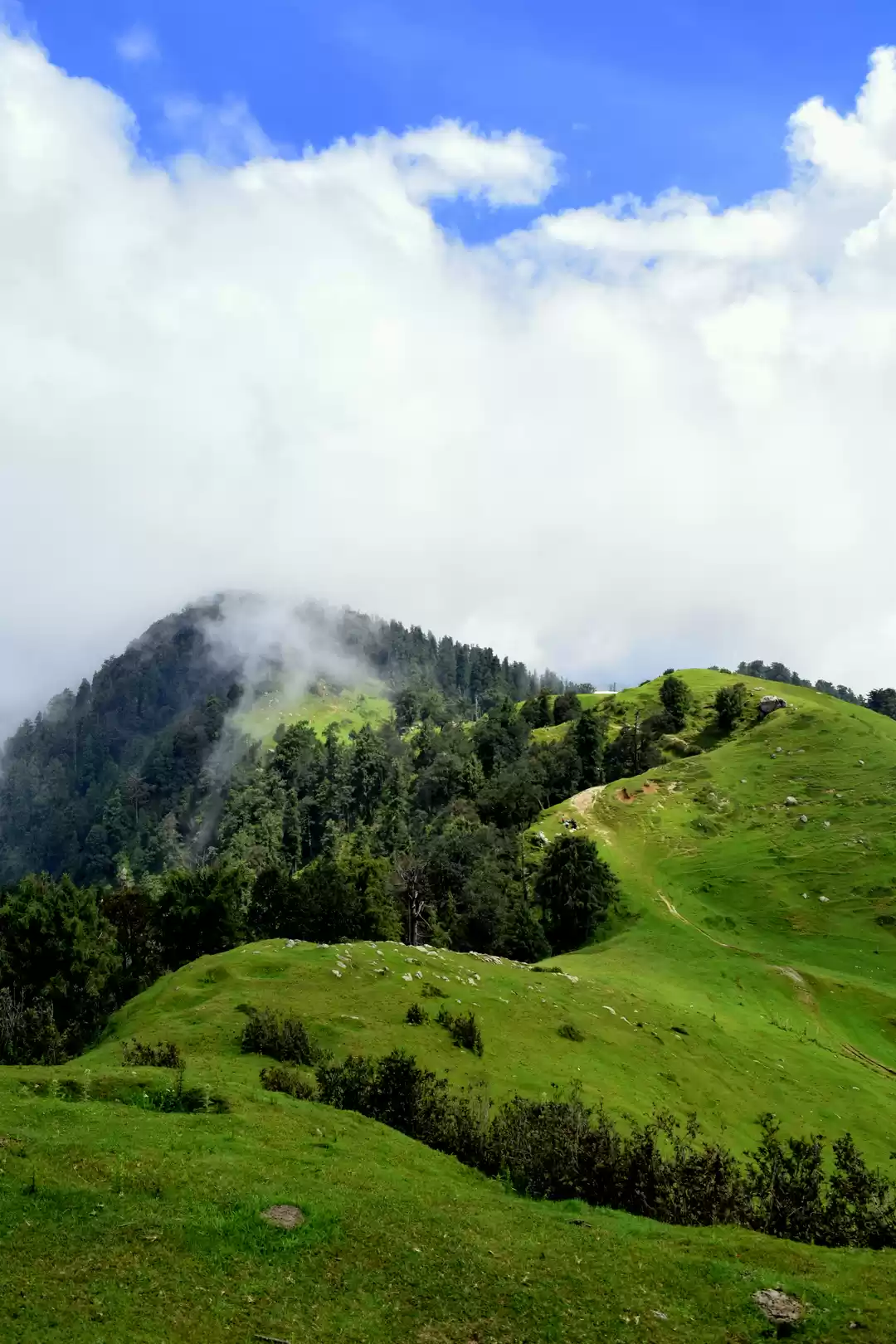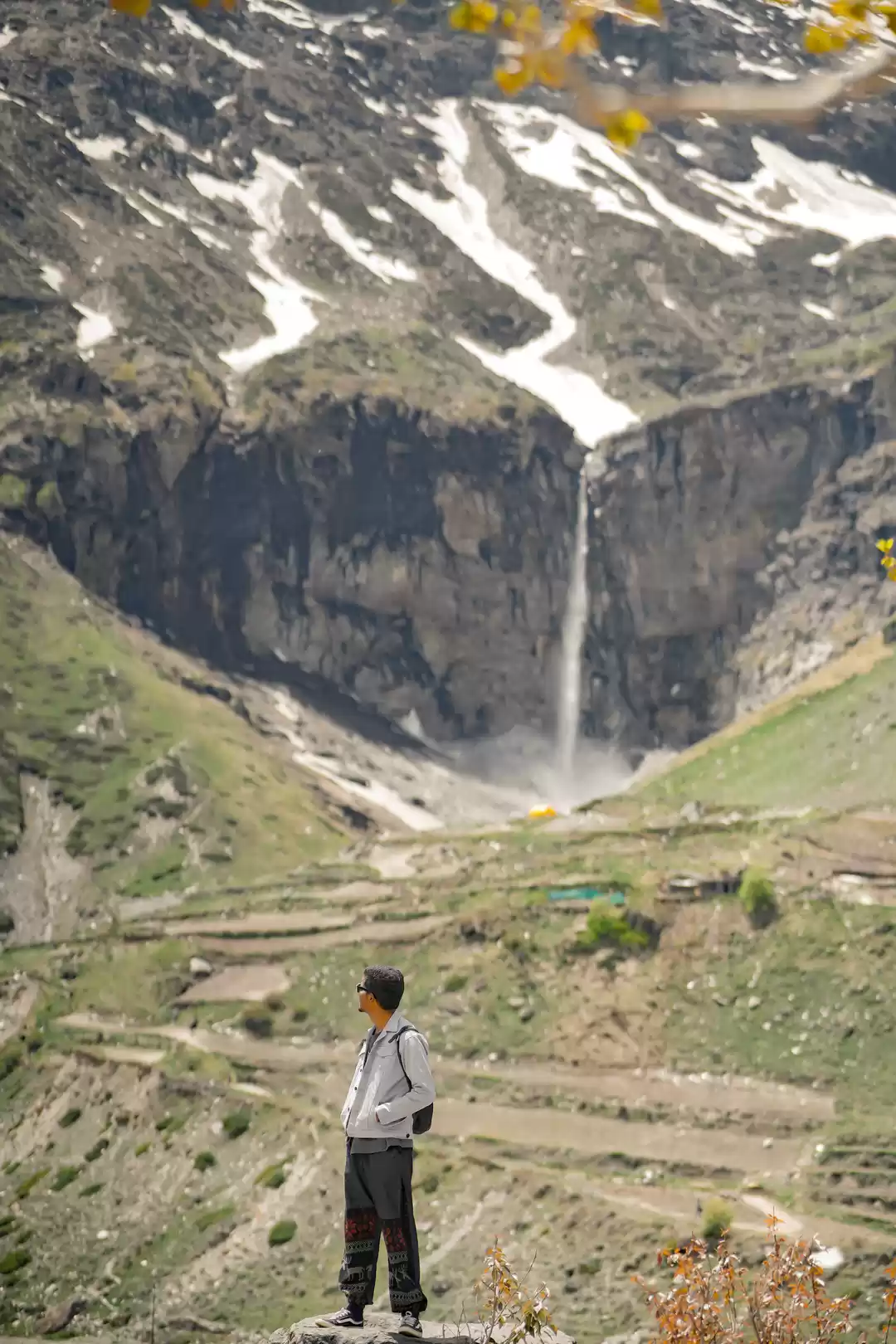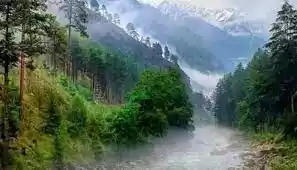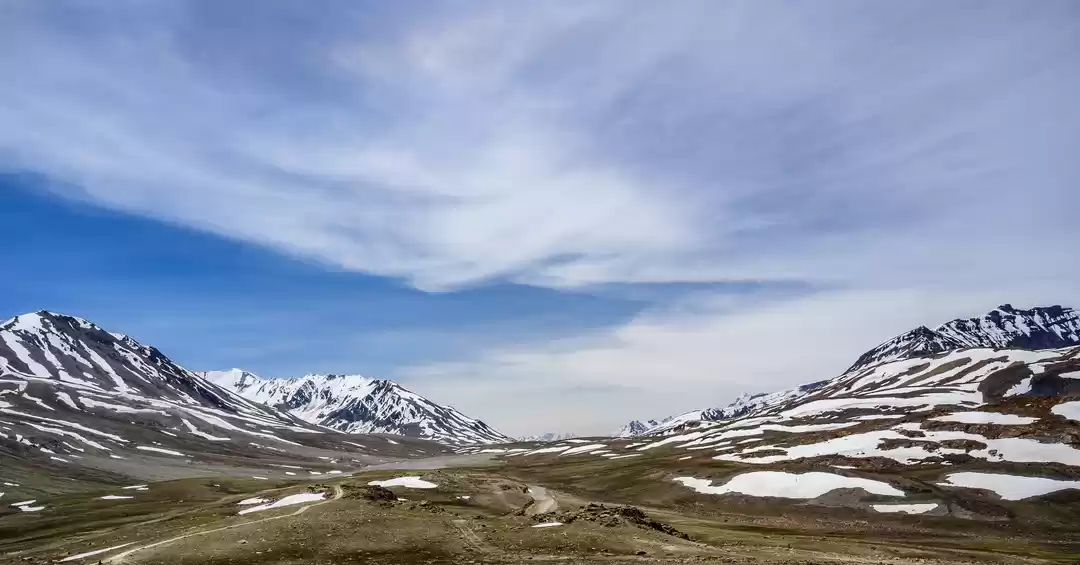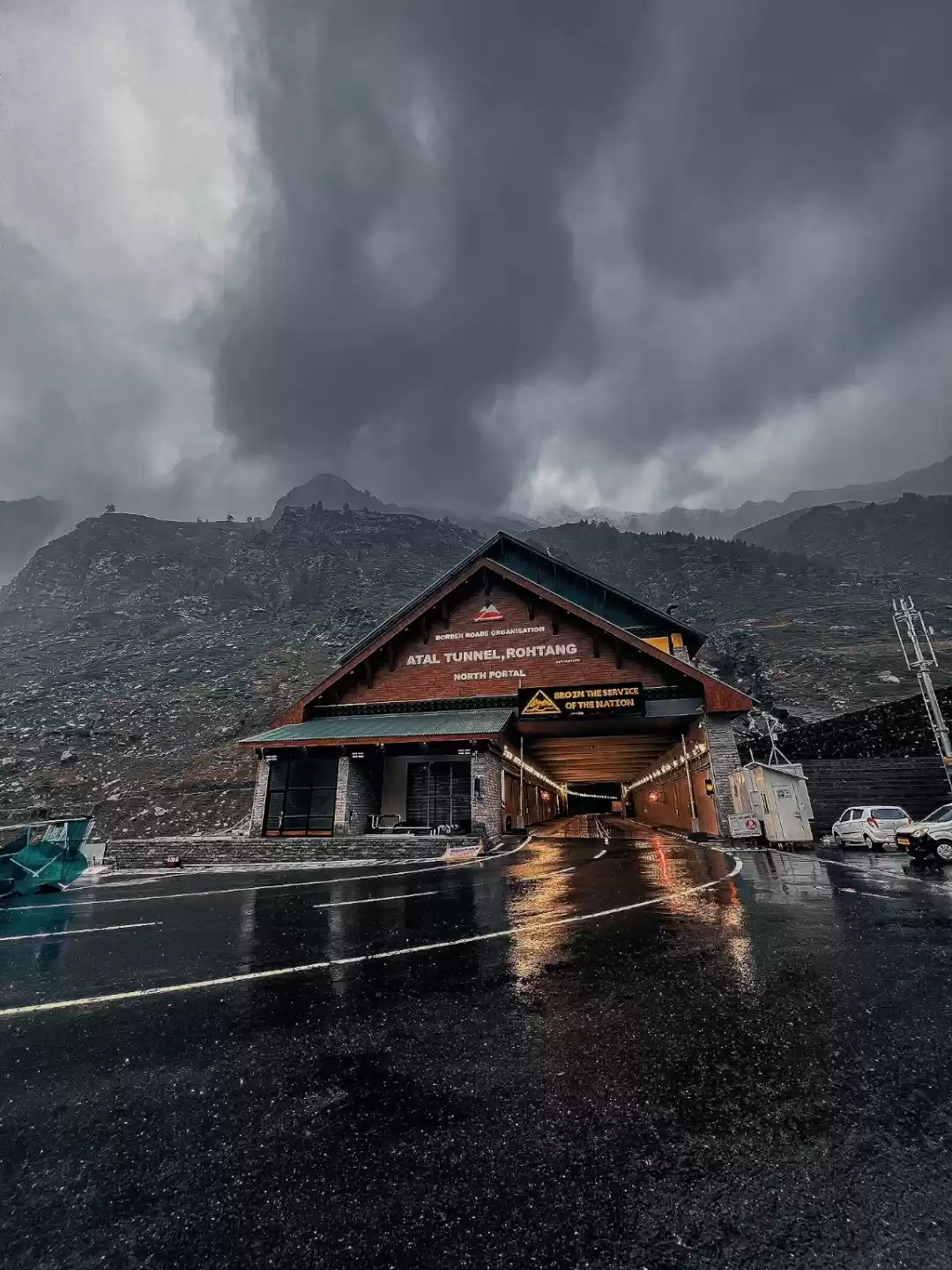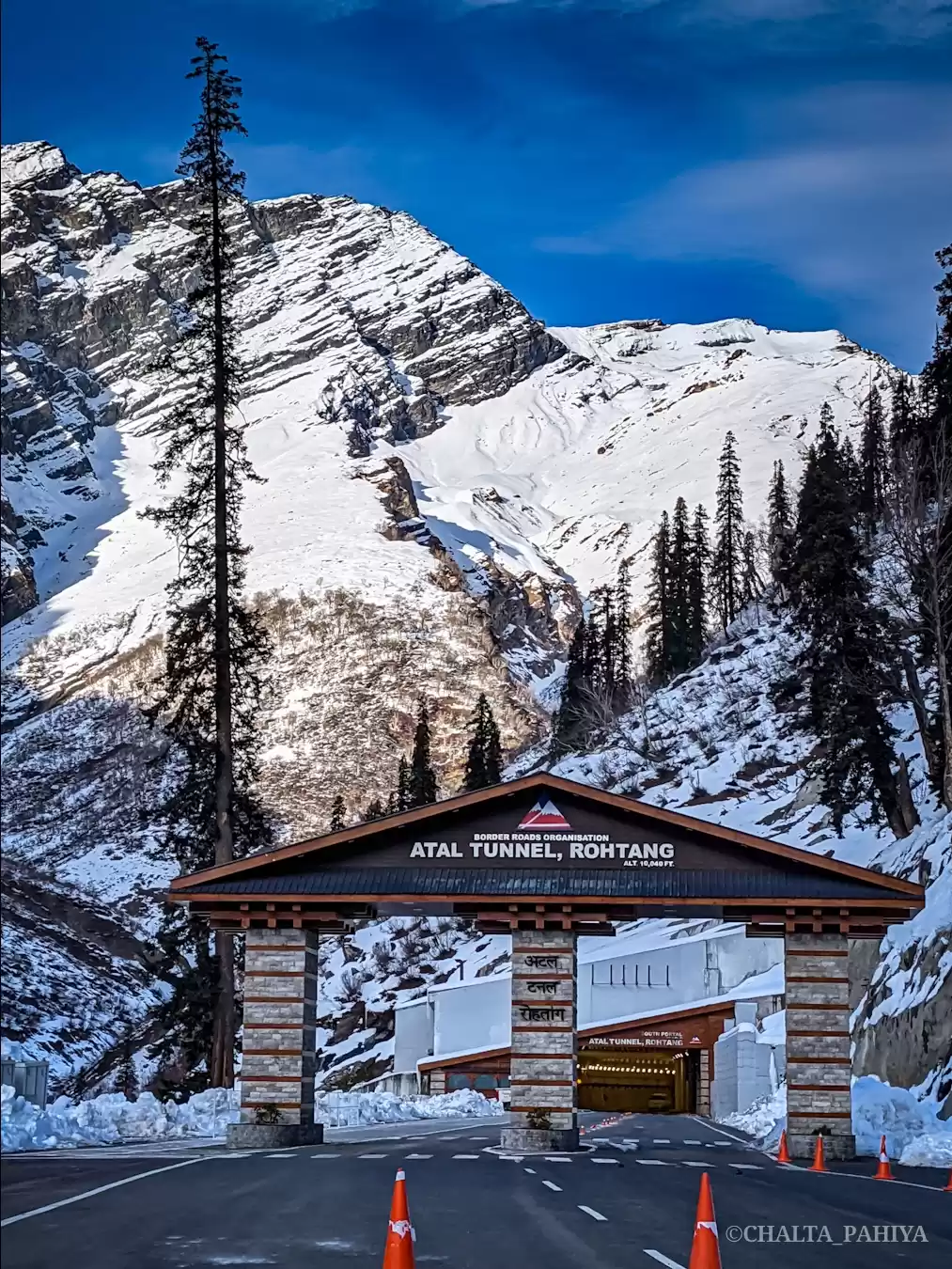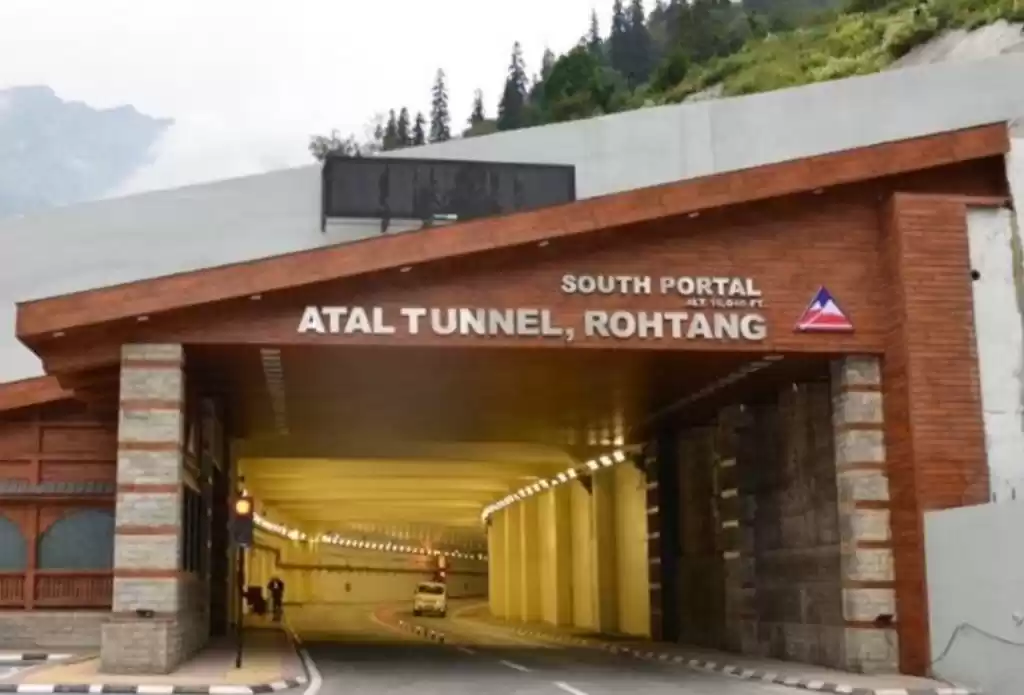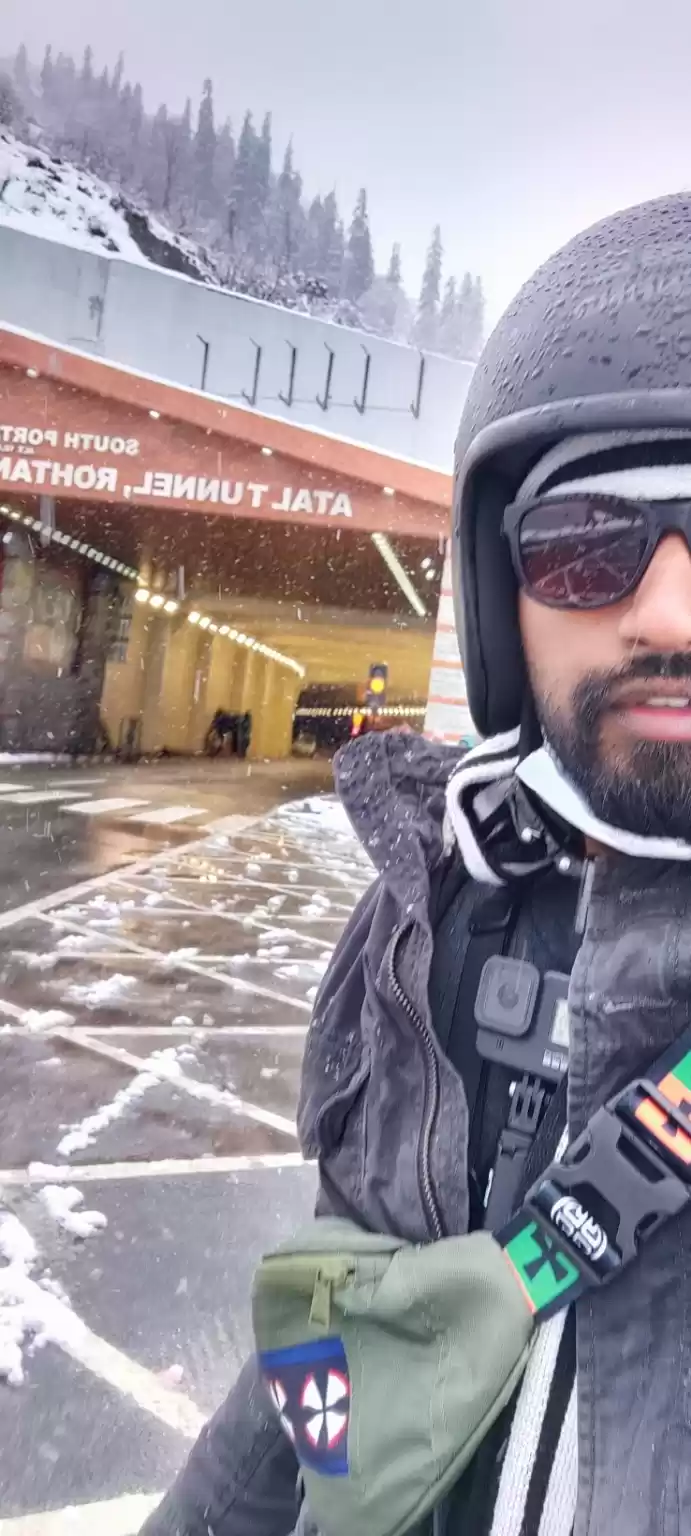Have you ever wondered what it would be like to drive through the longest highway tunnel in the world? If yes, then you should definitely visit the Atal Tunnel in Manali, a spectacular feat of engineering that connects Manali with Lahaul-Spiti valley in Himachal Pradesh.
The Atal Tunnel is not only a marvel of technology, but also a symbol of national pride and a boon for travelers and the military. In this article, we will tell you everything you need to know about the Atal Tunnel, its history, features, benefits, and how to visit it.
What is the Atal Tunnel?
The Atal Tunnel is a 9.02 km long highway tunnel that runs under the Rohtang Pass in the Pir Panjal range of the Himalayas. It is the longest tunnel above 10,000 feet in the world and reduces the distance between Manali and Leh by 46 km. The tunnel was inaugurated by Prime Minister Narendra Modi on October 3, 2020 and named after former Prime Minister Atal Bihari Vajpayee, who had envisioned the project in 2000.
The Atal Tunnel is a strategic and economic asset for India, as it provides all-weather connectivity between Manali and Lahaul-Spiti valley, which was previously cut off from the rest of the country for about six months due to heavy snowfall. The tunnel also enhances the security and logistics of the Indian Army in the border areas with China and Pakistan.
How was the Atal Tunnel built?
The construction of the Atal Tunnel was a challenging and complex task that involved overcoming many technical and geological hurdles. The project was executed by the Border Roads Organisation (BRO), which is responsible for building and maintaining roads in India’s border areas. The BRO started work on the tunnel in 2010 and completed it in 2020, after a decade of hard work and dedication.
The total cost of building the Atal Tunnel was about Rs 3,200 crore ($430 million), which is much lower than the original estimate of Rs 4,000 crore ($540 million).
What are the features and facilities of the Atal Tunnel?
The Atal Tunnel is not just a long tube of concrete and steel, but a smart and modern structure that has many features and facilities to ensure safety and comfort for travelers. Some of these features and facilities are:
1. The tunnel has two lanes, each 3.6 meters wide, with an overhead clearance of 5 meters.
2. The tunnel has an escape route under it, which can be used in case of an emergency or breakdown.
3. The tunnel has telephone booths at every 150 meters for communication.
4. The tunnel has CCTV cameras at every 60 meters for surveillance.
5. The tunnel has LED lights at every 25 meters for illumination.
6. The tunnel has air quality monitoring devices at every 1 km for measuring carbon dioxide levels.
7. The tunnel has traffic signals at both ends for controlling traffic flow.
What are the advantages of visiting the Atal Tunnel?
The Atal Tunnel offers many advantages for travelers who want to explore the Himalayan region. Some of these advantages are:
1. The tunnel reduces the travel time between Manali and Leh by 3 to 4 hours, which means you can save time and money on your trip.
2. The tunnel provides all-weather connectivity between Manali and Lahaul-Spiti valley, which means you can visit these places anytime of the year, without worrying about road closures or snowstorms.
3. The tunnel enhances the security and logistics of the Indian Army in the border areas, which means you can travel with peace of mind and confidence.
4. The tunnel opens up new opportunities for tourism, trade, and development in the region, which means you can enjoy more attractions, activities, and amenities on your trip.
How to reach the Atal Tunnel from Manali?
The Atal Tunnel is located about 25 km from Manali, on the Manali-Leh highway. You can reach the tunnel by road, either by driving your own vehicle or by hiring a taxi or a bus. The road to the tunnel is well-maintained and scenic, passing through green valleys, pine forests, and snow-capped mountains. The tunnel entrance is marked by a huge arch with the name and logo of the tunnel.
Best time to visit:
The best time to visit the Atal Tunnel is from April to October, when the weather is pleasant and clear. The tunnel is open 24 hours a day, 7 days a week, but there may be some restrictions or regulations depending on the traffic and security situation. You should check the latest updates and guidelines before planning your trip.
Also read: Manali to Atal Tunnel, The A-Z guide
What are the nearby attractions of the Atal Tunnel?
The Atal Tunnel is not only a destination in itself, but also a gateway to many other amazing places in the Himalayas. Some of the nearby attractions of the Atal Tunnel are:
1. Sissu: Sissu is a small village in Lahaul valley, about 15 km from the tunnel exit. It is known for its beautiful lake, waterfall, and temple. It is also a popular camping site for trekkers and bikers.
2. Lahaul-Spiti valley: Lahaul-Spiti valley is a remote and rugged region that lies beyond the Rohtang Pass. It is famous for its ancient monasteries, stunning landscapes, and rich culture. It is also home to some rare wildlife species, such as snow leopards, ibexes, and Himalayan brown bears.
3. Rohtang Pass: Rohtang Pass is a high mountain pass that connects Manali with Lahaul-Spiti valley. It is one of the most popular tourist spots in Himachal Pradesh, offering panoramic views of glaciers, peaks, and valleys. It is also a hub for adventure sports, such as skiing, snowboarding, paragliding, and biking.
4. Solang Valley: Solang Valley is a picturesque valley that lies between Manali and Rohtang Pass. It is a hotspot for nature lovers and thrill seekers alike, offering activities such as trekking, camping, zorbing, horse riding, and ropeway rides.
So, what are you waiting for? Book your trip to the Atal Tunnel with Tripoto today and experience the longest highway tunnel in the world. You will not regret it!
Also read: This Tunnel in India Is World’s Longest Highway Tunnel above 10,000 Ft!
















